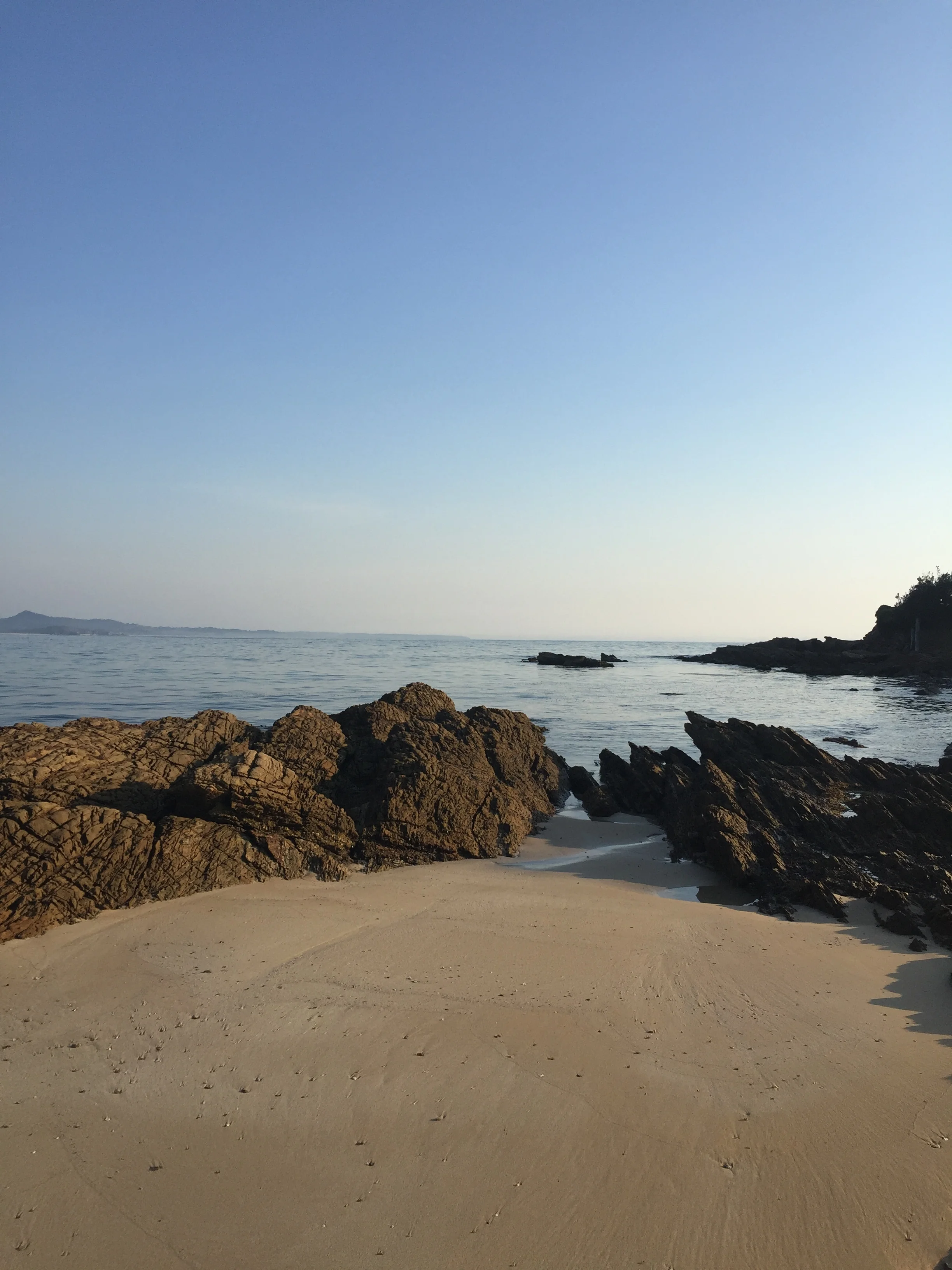What does 23 years water data for an off-grid house in Sydney, Australia tell us, and how might we put it to good use in this dry country?
In this guest post Nada Hasic reviews the data at Sydney’s Sustainable House.
Nada is a Mechanical Engineering undergraduate student from the United States University of Rochester, class 2021, and an intern at Sydney’s Sustainable House.
To provide this brief analysis and include a comparison of daily average water use for a typical household and for Sydney’s Sustainable House, I have taken pictures of the water meter from the rain tank on November 4th, and I have also recorded measurements of the meter measuring the amount of recycled water used in the house for watering the garden, washing clothes and flushing the toilet.
First, below is the picture of a meter showing the total amount of rain water used since the meter was installed in October 1996.
• Water meter showing the amount of rain water used since October 1996
Next is the picture of a meter measuring the amount of recycled sewage water since its installation also in October 1996.
• Recycled water meter showing the amount of recycled water used since October 1996
• Data on the daily average amount of water used in Sydney’s Sustainable House
Using these meters, I was able to calculate average daily usage values for Sydney’s Sustainable House per household and per person with and without the recycled water.
[How to read a water meter: The black numbers on the meter are kilolitres, while the red ones are litres. You can read more about how to read a meter here]
The first row of the above table shows how much water fell onto the roof and was used by the people in the house just for cooking, drinking, dish washing and showering.
The third row takes into consideration hosing the garden, flushing the toilets and clothes washing as well, which are all done using recycled rain water - that is, treated and sterile sewage.
This means that using the amount of water in the first row of the table, Michael was able to do all the things that usually require the amount of water shown in the third row.
Using the values above, as well as data from a NSW country water provider, Riverina Water, I was able to make a table and a graph comparing average water usage per day for a typical country NSW 4-person household and a single resident and Sydney’s Sustainable House household and a single resident.
• Comparison of daily average water use for a typical country NSW house and Sydney’s Sustainable House
To show this difference more clearly, I have also constructed a graph
• Comparison of daily average water use for typical country city house and Sydney’s Sustainable House
Non-Recycled Water?
In Sydney, typical household water use it 210 litres a day per person
Looking at Pictures 3 and 4, we see that not all water that falls on site is recycled.
In fact, only about 23% of the water is. So, what happens to the rest of it?
The rest is surplus treated sewage that stays on site and is absorbed into the clay soil at a depth of 1.5 metres.
So, too, is the surplus rainwater when the 10,000 litre concrete rain tank overflows to a sunken soak-away pit.
And all of this: the collection of rain water, the recycling of water and the absorption of surplus rainwater and non-recycled water happens right here in Michael’s back yard, which is less than 10 square metres of soil.
Soil tests show that the soil is in excellent, healthy condition and can easily absorb more water for the next 20 or more years; the soil test data and the water quality data is in the books, Sustainable House, and, Sustainable Food.
Conclusion
We can save a lot of water (and money) in our own backyard, no matter how small it is.
Nada Hasic






